ARCHAEOLOGICAL DISAGREEMENTS
Added on: 6th Mar 2016
RUNAMO
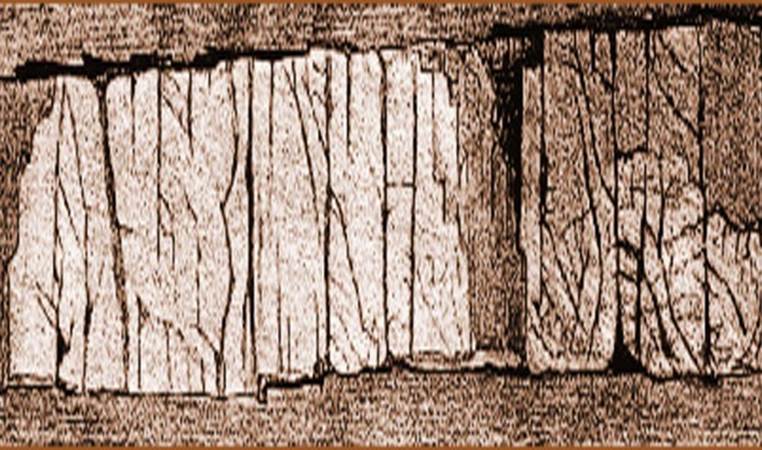
Runamo is a cracked dike located in Sweden with an alleged
runic inscription on its side that gave rise to several debates in
recent times centring around whether or not the cracks are actual
writing, or whether they are simply the result of natural wear and tear.
NAZCA LINES

These famous geoglyphs have almost become synonymous with
Peru. The controversy here does not really concern the “how” of
their construction but rather the “why”. The debate continues today.
WHITE SHAMAN ROCK
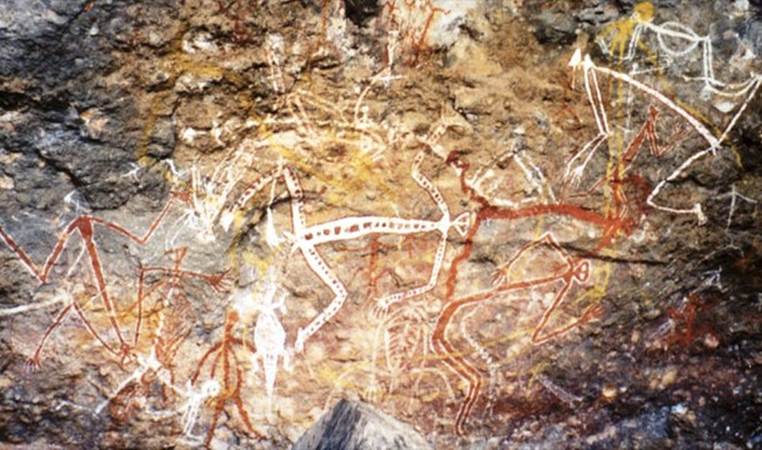
Found in Texas, this 7 metre tall painting has led to much speculation
and debate as to its purpose and meaning. Theories include
everything from pre-battle rituals to ancient religious ceremonies.
TĂRTĂRIA TABLETS
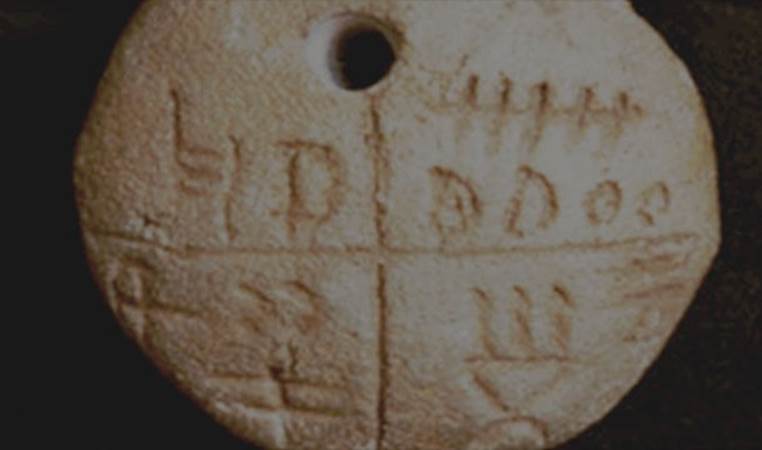
Three tablets discovered in Romania in 1961 have been the source
of considerable controversy among archaeologists especially with
regards to their age and meaning. More specifically, whether or not
they represent the earliest form of writing on record.
THE DEATH OF ALEXANDER THE GREAT
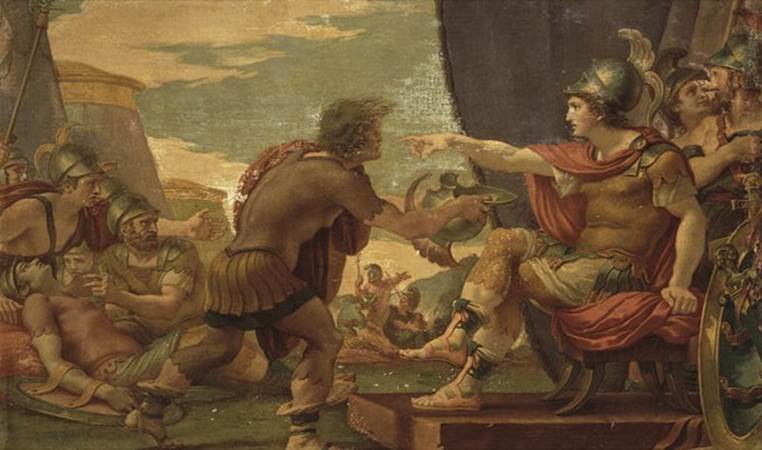
While most experts agree his death took place on June 10 323 BC
at Nebuchadnezzar II’s palace in Babylon, the exact way that he
died has been a source of heated debate.
THE MINARET OF JAM

A remarkably well preserved minaret in Afghanistan, its exact date of
construction and purpose have been a source of debate among
scholars. Although there is an inscription on its side that
allegedly includes this information it cannot be read with certainty.
THE PARACAS CANDELABRA

Although the Nazca Lines are arguably more famous, the Paracas
Candelabra, another nearby geoglyph has left archaeologists just
as baffled. While some argue that it had religious significance,
others have pointed out the fact that since it was carved into the
side of a hill it can be seen from up to 20km out to sea and
possibly had value as a sort of landmark to sailors.
THE UFFINGTON WHITE HORSE
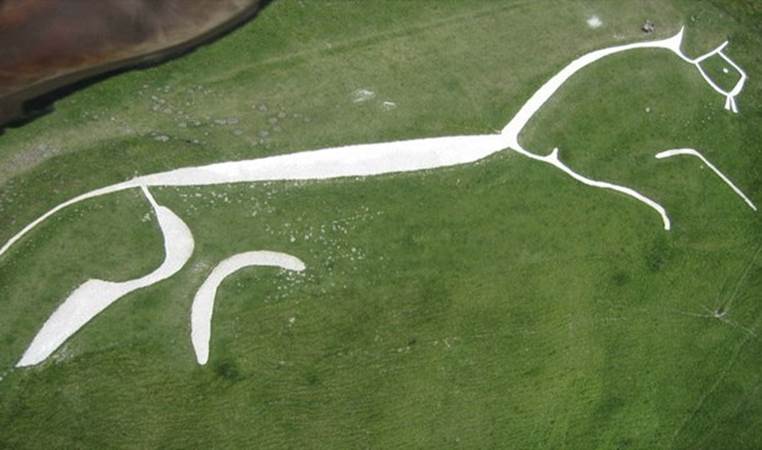
Found in England, this prehistoric hill figure was shaped out of deep
cut trenches that were filled with white chalk. It has long been
debated, however, whether the figure was even supposed to
represent a horse. The date of its construction has led to
further debates as well.

Comment on this